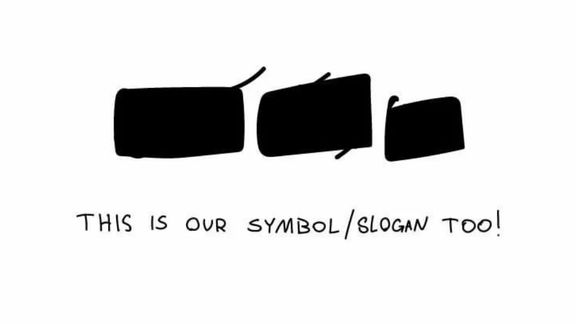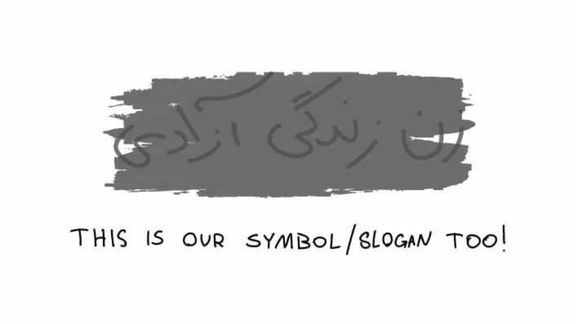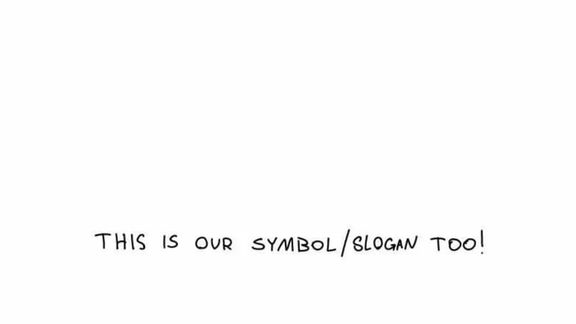Walls Falling Under Weight Of Anti-Regime Graffiti In Iran
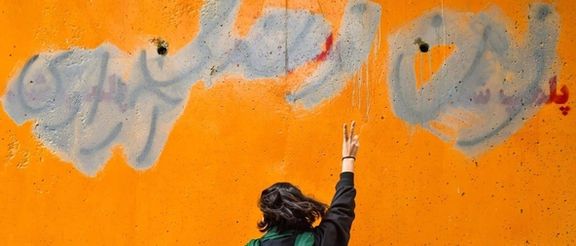
Walls of cities have always been places where people express their opinions; from the ancient city of Pompeii to Zanjan, north-west of Iran’s capital Tehran.
Iranians are well acquainted with the concept of political graffiti and used it extensively during the days that led to the Islamic Revolution in 1979, but these days they are using the medium to overthrow the Islamic regime.
According to documents released by hacktivist group Black Reward last week, the authorities are gravely concerned about the propagation of the phenomenon on the backdrop of nationwide protests and strikes that have rocked the foundations of the clerical regime during the past 80 days.
The confidential briefing papers to the office of Supreme Leader Ali Khamenei and ranking members of the Revolutionary Guard, acquired by hacking into the database of IRGC-affiliated Fars News Agency, revealed that the authorities seem unable to deal with the enormous number of political slogans on walls and the persistence of protesters to renew them after they are painted over by the cities’ sanitation departments or volunteer members of Basij paramilitary force. In one of the documents, the city of Zanjan was mentioned as an example where almost all its walls are covered with slogans against the regime. Something especially worrying for the regime is the slogans directly targeting Supreme Leader Ali Khamenei, referring to him as a “bloodthirsty dictator” or a “despot” whose days are numbered.
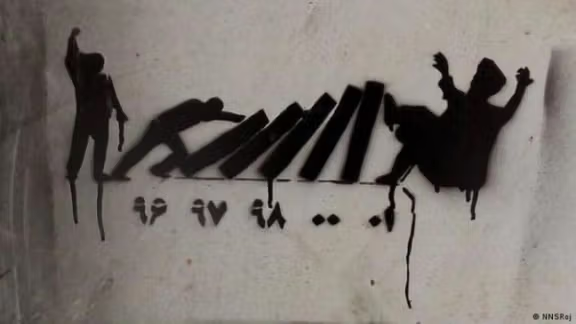
Iranians know the significance of slogans against Khamenei, whose zealot supporters are prepared to kill anyone for even criticizing him, let alone wishing death for him. But now, according to the leaked documents, even schoolchildren are using slurs to talk about him. Profanities against the Supreme Leader which were only chanted in the worst protest-riot situations in the past have become mainstream, while protesters are continuously coming up with new and ingeniously rhyming slogans with even stronger profanities. This degree of profanity is unprecedented in Iran where four-letter words are normally avoided in most social and even private contexts, particularly in the presence of women and children.
The regime’s agents are busy everywhere painting over the slogans or doodling over them to conceal the zeitgeist of society, but people are greater in numbers and bolder in action. For every graffiti that is painted over, more or bigger graffiti appear the following day. The most frequently used slogan is the motto of the uprising: Women, life, liberty – words that describe people’s aspiration that no amount of paint can hide them.
Walls have become a new frame for people to make their voices heard. As American linguist George Lakoff explains in his book Don't Think of an Elephant!, that when you frame the debate, you have already won. Its rough translation on street walls of Iran is that however the regime paints over its walls, it cannot change the fact that most Iranians do not want the regime.
According to an article in Etemad newspaper, the calls on Tehran’s municipality's service requesting to remove writings from walls have recently increased 60-fold. The paper cited sociologist Hossein Imani Jajarmi as saying that such an increase “is directly tied to the recent unrest.” Describing political graffiti as a common tool to express economic and political woes as well as racial and gender discrimination, he said the spread of graffiti during the past few months can be a sign of ineffectiveness of the regime’s coercive and military measures.
Over 1,500 instances of political graffiti were found at Pompeii, offering a glimpse into the workings of Roman politics at the local level. Similar to how graffiti shed light on how politics was in the city of Pompeii until it was buried under volcanic ash and pumice in 79 AD, the walls of Iranian cities testify as to how the people fought their way to “Women, life, liberty.”



